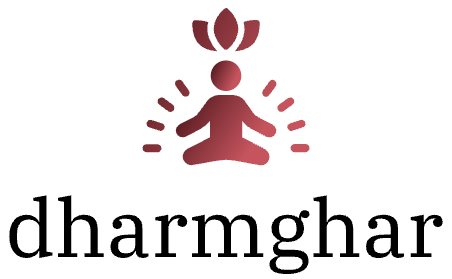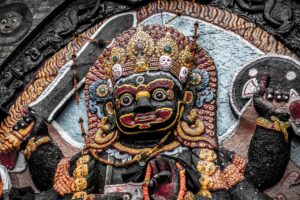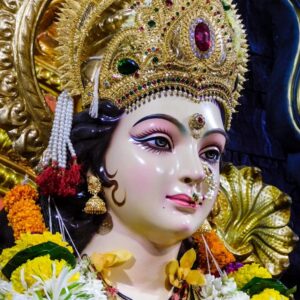Mahavatar Narsimha: The Eternal Protector of Dharma
Introduction
In the vast tapestry of Sanatan Dharma, every incarnation of Lord Vishnu has a divine purpose — to restore righteousness (Dharma) and protect devotees from the forces of evil. Among these powerful manifestations, Lord Narsimha, also known as Mahavatar Narsimha, stands as a symbol of divine strength, protection, and unwavering devotion.
This half-lion, half-man form of Vishnu is not just a mythological figure but a living spiritual force worshipped by countless devotees seeking courage, justice, and protection from negative energies.
Who is Mahavatar Narsimha?
The term Mahavatar Narsimha refers to the Supreme, eternal manifestation of Lord Vishnu in his fierce yet compassionate form as Narsimha — the destroyer of evil and protector of truth.
He appeared during the Satya Yuga to destroy the demon king Hiranyakashipu, who had received a boon that made him nearly invincible.
To fulfill the cosmic balance and uphold Dharma, Lord Vishnu incarnated as Narsimha — half-man and half-lion, defying the conditions of the boon, and restored peace by saving his ardent devotee Prahlad.
Symbolism of Mahavatar Narsimha
Every aspect of Mahavatar Narsimha holds deep spiritual meaning:
Lion Head: Symbolizes divine power, authority, and courage.
Human Body: Represents compassion, wisdom, and humanity.
Emergence from the Pillar: Signifies that God is omnipresent — He exists even in the smallest particle of creation.
Twilight Appearance: Demonstrates that the Divine transcends time, form, and condition.
The form of Mahavatar Narsimha teaches us that divine justice always prevails, no matter how strong evil appears.
Spiritual Significance of Worshipping Mahavatar Narsimha
Devotees worship Mahavatar Narsimha to remove fear, overcome enemies, and gain divine protection. He is also invoked for:
Protection from negative energies and black magic
Courage and strength to face life’s challenges
Purification of mind, body, and soul
Liberation from karmic suffering
The Narasimha Mantra and Narasimha Kavach are among the most powerful prayers for divine protection and spiritual awakening.
Popular Mantras of Mahavatar Narsimha
Narasimha Maha Mantra:
“Ugram Viram Maha Vishnum Jvalantam Sarvato Mukham,
Nrisimham Bhishanam Bhadram Mrityur Mrityum Namamyaham.”
Meaning: I bow to Lord Narsimha, the fierce and powerful Vishnu, who destroys the destroyer of death itself.Narasimha Gayatri Mantra:
“Om Narsimhaaya Vidmahe Vajranakhaaya Dheemahi
Tanno Simhah Prachodayat.”
Meaning: May we meditate upon the mighty Lord Narsimha. May that Lion God inspire and guide our intellect.
Mahavatar Narsimha in Modern Times
Even today, Mahavatar Narsimha is worshipped across India — especially in states like Andhra Pradesh, Odisha, and Tamil Nadu. The Ahobilam Temple in Andhra Pradesh is believed to be the exact spot of His divine appearance.
For devotees and spiritual seekers, Mahavatar Narsimha represents the energy that destroys ego, arrogance, and ignorance — leading one to inner peace and self-realization.
How to Connect with Mahavatar Narsimha
You can invoke the energy of Mahavatar Narsimha through:
Daily chanting of Narasimha Mantras
Lighting a ghee lamp on Tuesdays or Saturdays
Meditating upon His fierce yet compassionate form
Reading the Narsimha Purana or Prahlad Charitra
Performing Narasimha Homa (Fire Ritual) under the guidance of a priest
By doing so, you open yourself to divine protection, courage, and spiritual evolution.
Join DharmGhar Family



